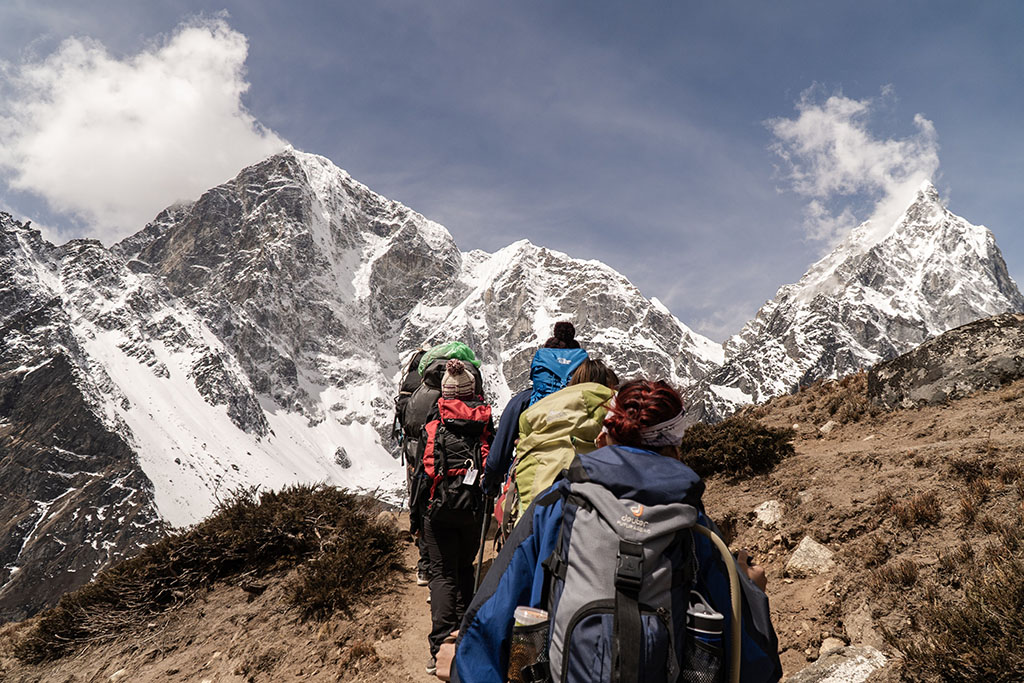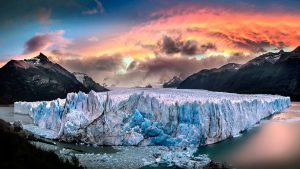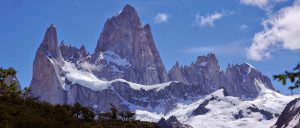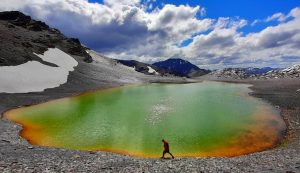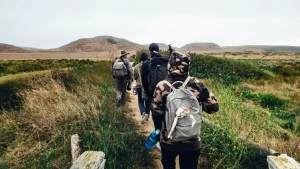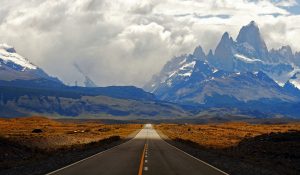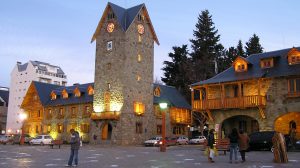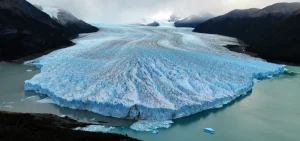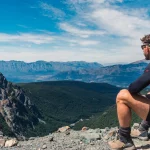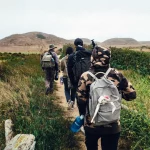In this article we present a quick Patagonian Traveler’s Guide with useful information of the most outstanding destinations within Los Glaciares National Park: The Perito Moreno Glacier and El Chaltén, the Argentinian capital of trekking.
Useful Information about Patagonia for International Travelers
In general terms, you can think of Patagonia dividing it into different well-defined areas to understand what is the best strategy to set up a trip. Due to its geographical characteristics, it can be summarized next to Chile as a labyrinth of channels and islands. And on the Argentine side, bordering the Atlantic coast, you can see the Patagonian steppe, a great plain, like the continuation of the pampas, but more arid and without cows, but with guanacos. Then we have the internationally outstanding destinations, on the side of the Andes: San Carlos de Bariloche, The Glaciers and Ushuaia.
If you travel from Europe or the United States, you should know that it is easy to handle yourself, the exchange rate is very favorable, in fact it has never been as convenient as now, due to the successive devaluations of the peso, if one travels with a strong currency such as Euros or Dollars, flights and accommodation will be very accessible in that case.
You can find comfortable and accessible places for accommodation and we must not fail to mention the excellent quality of the delicacies of Patagonian cuisine that, of course, meat is what stands out for being abundant and for being the trendy menu: lamb Patagonian, it is something that should be tasted for its tender and exquisite flavor but you can also eat guanaco, wild boar or depending on the area, as in Ushuaia the specialty is spider crab or hake.
The Glaciers National Park
We will start with Los Glaciares National Park, which covers an extensive area for the protection of nature and fauna, in addition to covering the continental ice. These ices are the largest fresh water reserves in the world after Antarctica, and they originate 47 large glaciers, of which 13 descend towards the coast of the South Atlantic Ocean and there are also more than 200 smaller glaciers that are independent of the continental ice. We have an extensive and updated report with information on the characteristics of Los Glaciares National Park such as the cost of entry, different means of transport and activities to be carried out by clicking here.
Perito Moreno Glacier
The Perito Moreno Glacier is the most famous glacier, due to its unique characteristics and that is why it is visited by tourists from all over the world. It is located within the Los Glaciares National Park. We find the majesty and calm of Lake Argentino with its calm turquoise waters, a product of volcanic sediments. Every so often that calm is broken when thunderous landslides of the Perito Moreno Glacier occur. This happens, on average every four years (in the last century) the Glacier produces a very important break, because the ice expands until the warmer waters undermine it and cause a spectacular break.
Likewise, visiting it at all times is a unique experience, even if that spectacle does not occur, witnessing that 250 km2 (97 square miles) block of ice up close leaves you speechless and motivates you to reflect on the majesty of nature.
Of course, you can do various excursions and adventure activities within Los Glaciares National Park, such as hiking on the glacier ice to enjoy a whiskey with ice from the Glacier, to climb Mount Fitz Roy for intrepid adventurers.

Things to do in El Chaltén
As a quick reference we can mention that in the northern part of Los Glaciares National Park is Mount Fitz Roy, a destination sought after by climbers from all over the world for its unique conditions for climbing and practicing extreme sports. It is a challenge for lovers of risks and adventure, although they must be experienced climbers. The main characteristic of Mount Fitz Roy is that it forms an almost vertical wall of slippery slabs, the climate is extreme and makes it dangerous on certain occasions. Not being prepared for a sudden storm can be dramatic. At the foot of the mountain is the picturesque town of El Chaltén. With a bohemian and relaxed atmosphere, the backpacker style, it is ideal to visit and admire the impressive views, home of the condors. A good tip, while enjoying the imposing nature you have to try the excellent craft beers, you can also travel by buses that connect El Chaltén with another important city, El Calafate that has an International Airport, numerous hotels and gastronomic places.

The excursions that can be hired in the trekking area generally take several days, you should carry the basic elements that we will mention below, so as not to have a lot of weight in the backpacks. The camps are made within the Los Glaciares National Park .
On the first day of hiking, you usually cross the Río de las Vueltas until you reach the first viewpoints of Cerro Fitz Roy, then you advance to Laguna de Los Patos, to reach the camp in Laguna Capri. It is a camp of igloo-type tents with a double or single base, with a mat for each one along with a sleeping bag and an inner sheet. This camp is well equipped, a dining room with a table, benches and crockery, as well as a kitchen tent and the bathrooms are latrine type.
Accommodation: Camp Laguna Capri – Double or single base (wild area)
Meals: Breakfast, Box Lunch and Dinner From / To: El Calafate / El Chaltén / Laguna Capri
Duration: 3 hours and Difficulty: Intermediate
Find Accommodation in El Chaltén
Recommended material for trekking in Patagonia
In addition to the usual luggage for a hiking route, for a trip to Patagonia we cannot forget:
Backpack for luggage; its weight should not exceed 15 kgs and another day pack, for personal reasons.
Breathable waterproof pants and water layer. Gloves, fleece or wool-lined hat / balaclava, neckerchief, 3/4 pairs of thick socks / stockings. Thermal t-shirts – brands such as thermastat, polartec … -, fleece or thin jersey (100) -, thick fleece (200) or Polar 200, breathable waterproof jacket, thermal tights, trekking pants.
Trekking boots or water resistant footwear (Goretex type) for walks and spare footwear in the style of sports shoes. Sunglasses with UV filter for high solar radiation; sun protection and lip balm. Headlamp with battery. Trekking poles (recommended).
Personal medication (include ointment for sprains and bumps).
When staying with accommodation in El Chaltén, the main advantage is that the most general luggage is left in the town and only a backpack with clothes, a box of provisions and only what is necessary for 2 nights of camping should be carried. The guides are usually in charge of carrying tents, sleeping bags and utensils for dinners.

